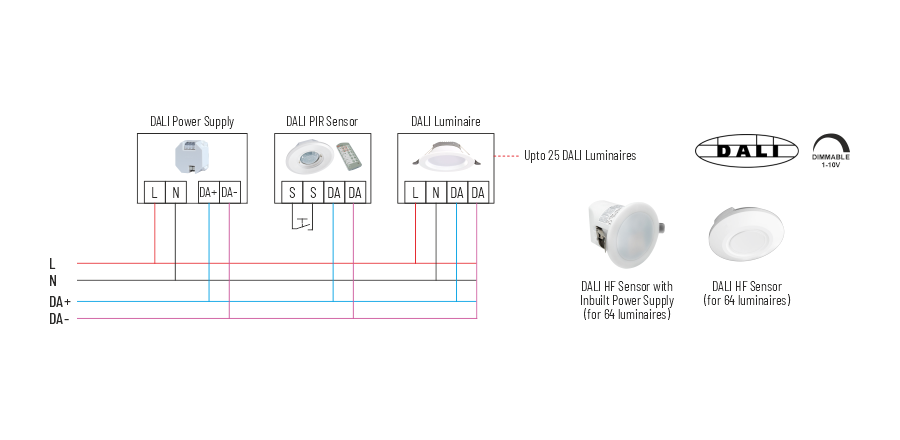
Dimming and daylight harvesting are two related technologies commonly used to reduce energy consumption in lighting systems. Dimming is the process of reducing the amount of light output from a fixture. By dimming lights, less energy is consumed, and the lifespan of the fixture is extended.
Daylight harvesting is the process of using natural light to supplement artificial lighting in a space. This is achieved by using sensors to detect the amount of natural light available and adjusting the artificial lighting levels accordingly. When there is ample natural light available, the artificial lighting is dimmed or turned off to save energy. When natural light levels decrease, the artificial lighting is increased to maintain a consistent light level.
By combining dimming and daylight harvesting, buildings can achieve significant energy savings while also maintaining a comfortable and consistent level of lighting. Dimming and daylight harvesting can be used in a wide range of applications, including offices, retail spaces, and educational facilities.
In addition to energy savings, dimming and daylight harvesting can also improve occupant comfort and productivity by providing a more natural and dynamic lighting environment. By adjusting the lighting levels throughout the day to match the changing levels of natural light, the space can feel more comfortable and less artificial, which can lead to improved mood and productivity.
Overall, dimming and daylight harvesting are effective technologies for reducing energy consumption, improving occupant comfort, and increasing the efficiency of lighting systems.